Reduce the amount of effort invested excavating, pruning, and fertilizing your garden in springtime by using these horticultural techniques and methods. Being a wise farmer is more important than being an inefficient gardener! This is a thorough reference on beginner-friendly time-saving spring farming tips:
I. Organizing and Getting Ready:
1. Start Little: To prevent being overburdened, start with an outdoor space that is reasonable in scale.
2. Pick Straightforward-To-Grow Crops: Pick low-maintenance crops that are easiest for beginners to cultivate, like medicinal plants, tomato products, and squash.

3. Make a Planting Timetable: To keep arranged, list all of your horticultural chores and put them on a piece of paper.
II. Effective Planting Methods:
1. Take Advantage Of a Horticultural Software: To recognize vegetation, monitor your development, and obtain horticultural guidance, use farming applications such as Landscape Planner Professional or Horticultural Education.
2. Use a “A Region Planting” System: To make upkeep easier, split your vegetable patch into regions according to substrate category, daylight requirements, and irrigation requirements.
3. Employ a Drip Watering Network: To cut down on dissipation and drainage, construct a drip watering network to supply fluids straight to plant bases.
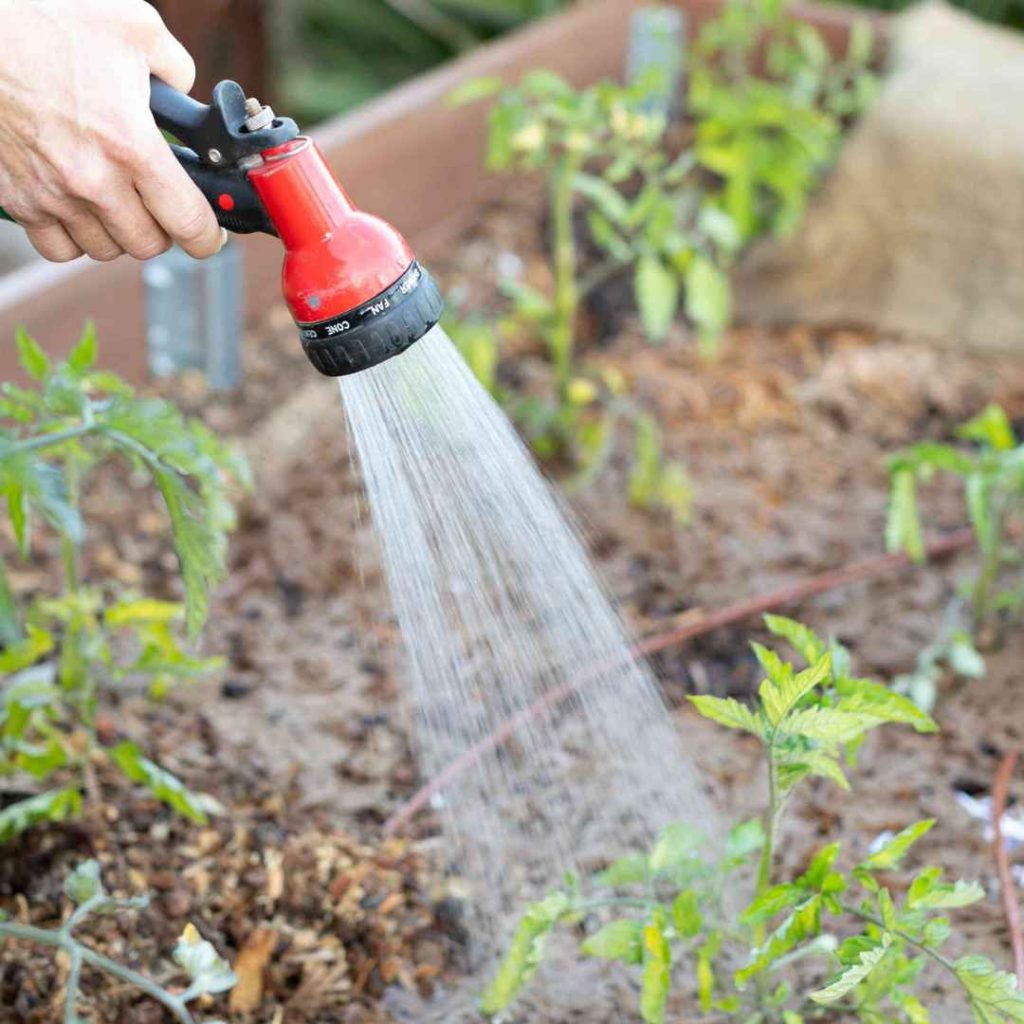
III. Time-Saving Equipment for Landscaping:
1. Put Money In a High-Quality Gardening Wagon Or Bucket: You may move bulky amounts of dirt, vegetation, and planting materials with the aid of a robust yard wagon or wagon.
2. Make Usage Of A Farming Multi-Tool: A horticultural multi-tool can make it easier for anyone to carry out a variety of chores, such as growing, trimming, and shearing.
3. Make Use Of a Dirt Razor Or Gardening Spike: You may plant bulbous plants, clear invasive plants, and soften ground more rapidly and effectively by using an earthen blade or gardening spike.
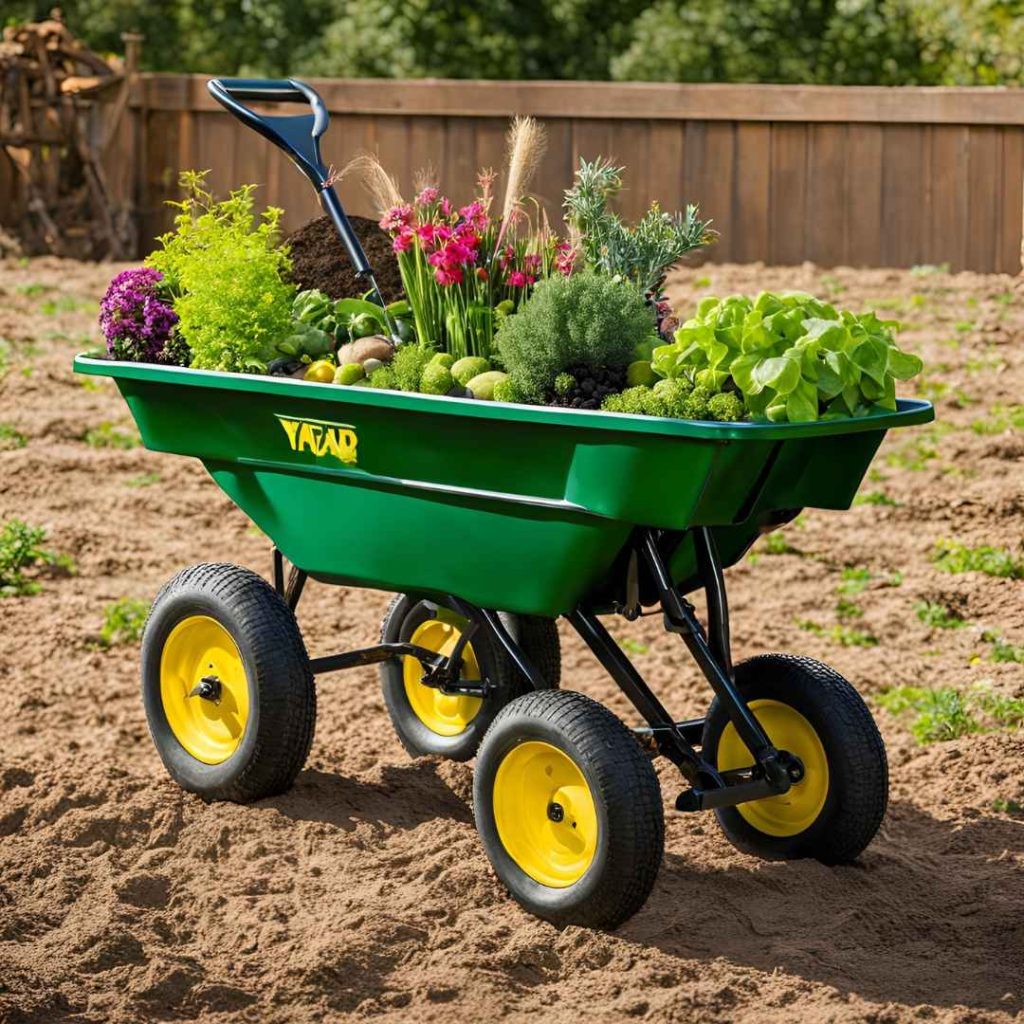
IV. Clever Landscaping Techniques:
1. Employ Associated Setting: To enhance development, lower diseases, and boost harvests, grow complimentary veggies, flowers, and medicinal plants alongside.
2. Put In Place A “Agriculture Changing” System: To preserve the integrity of the soil, lower insect and ailment populations, and boost productivity, cycle your agricultural produce periodically.
3. Apply Organic Mulching: To control the temperature of the ground, inhibit the proliferation of weevils, and conserve humidity, spread a natural mulch coating.
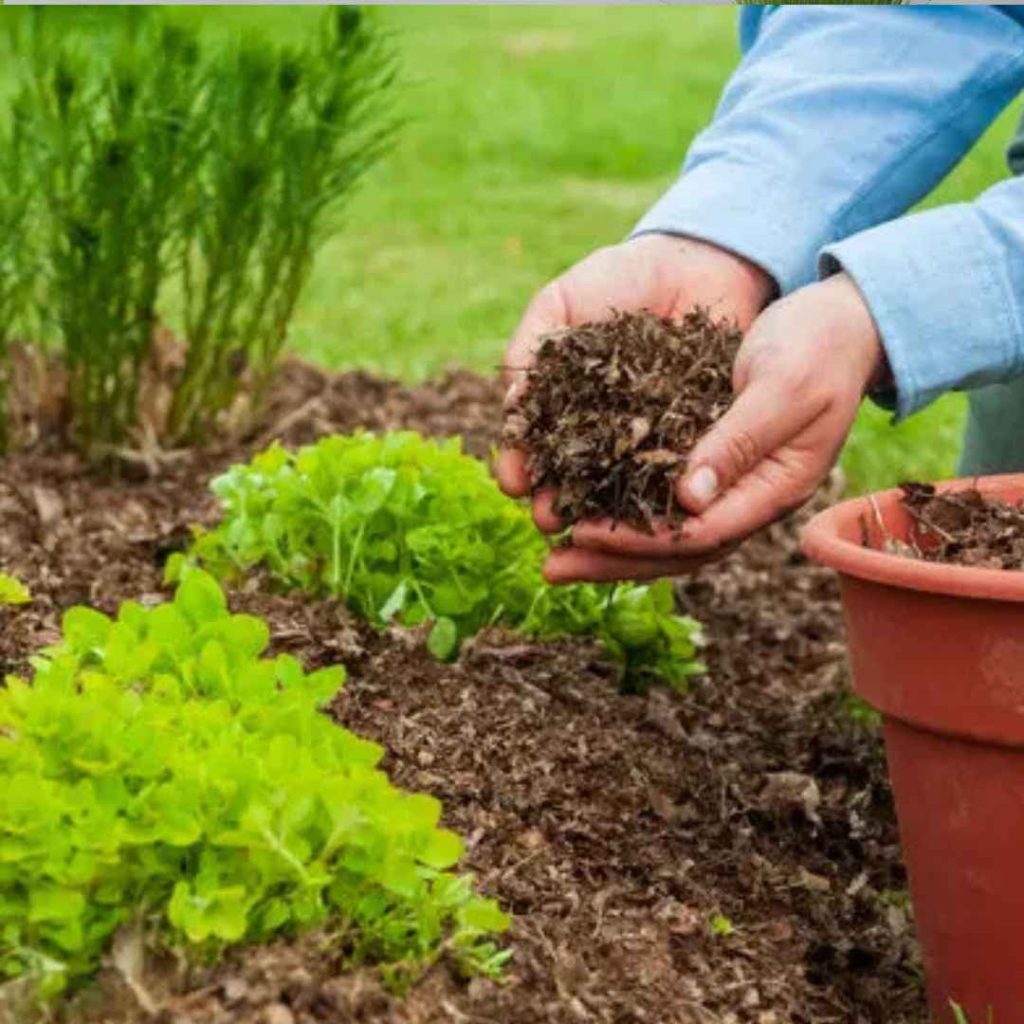
V. Do It Yourself Landscaping Initiatives:
1. Construct A Scaffolding Or Canopy: For backing ascending vegetation like tomato products, lentils, and legumes, construct a pergola structure or canopy.
2. Build A Self-Irrigating Container: With an acrylic vessel, some pipes, and several simple supplies, build a self-irrigating container.
3. Create An Elevated Bed: To enhance water flow, lessen compacted substrate , and boost productivity, create an elevated garden bed out of lumber, rock, or synthetic supplies.
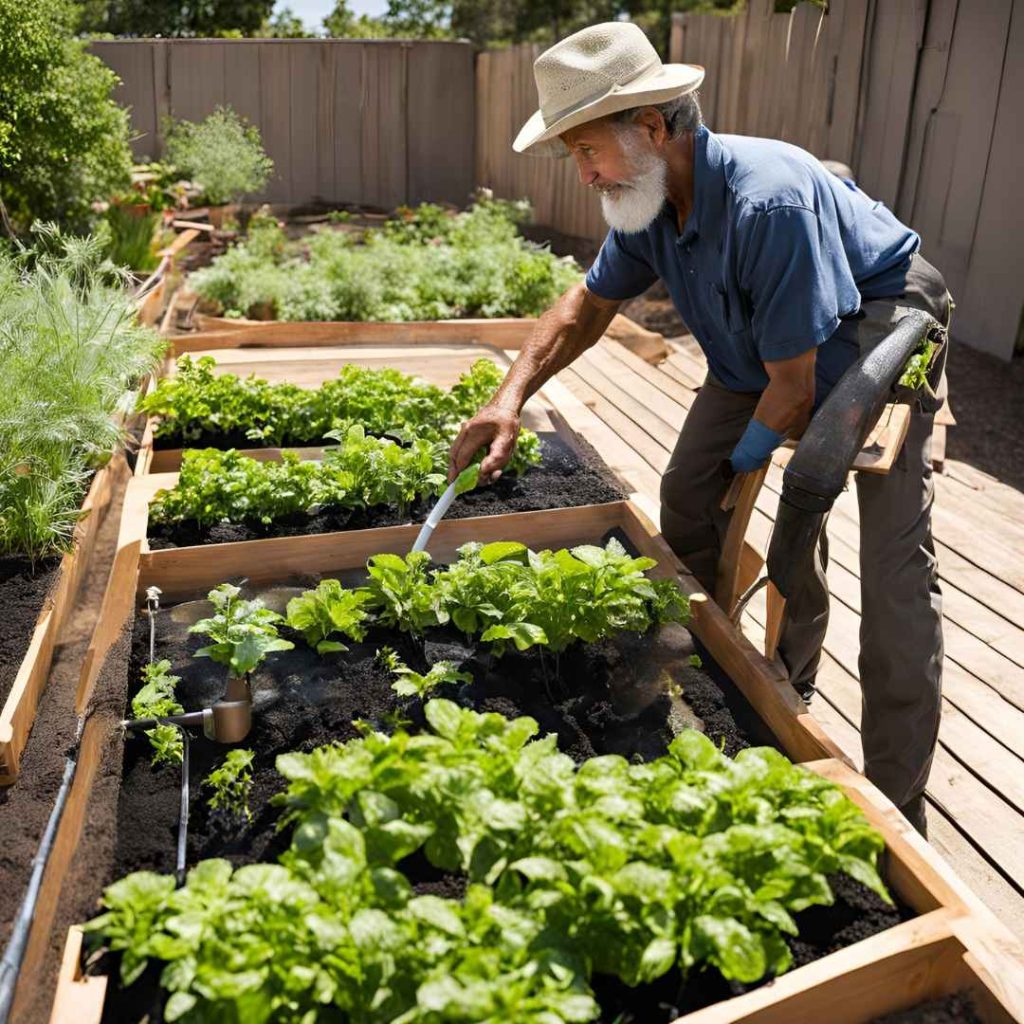
VI. Strategies For Tropical Landscaping:
1. Begin Bulbs Within: Four to six weeks prior to the latest snowfall time, start sprouts of summer-season vegetables such as eggplants, tomato products, and jalapenos inside.
2. Strengthen Off Sprouts: To avoid astonishment adapt sprouts to external environments progressively throughout a period of seven to ten days.
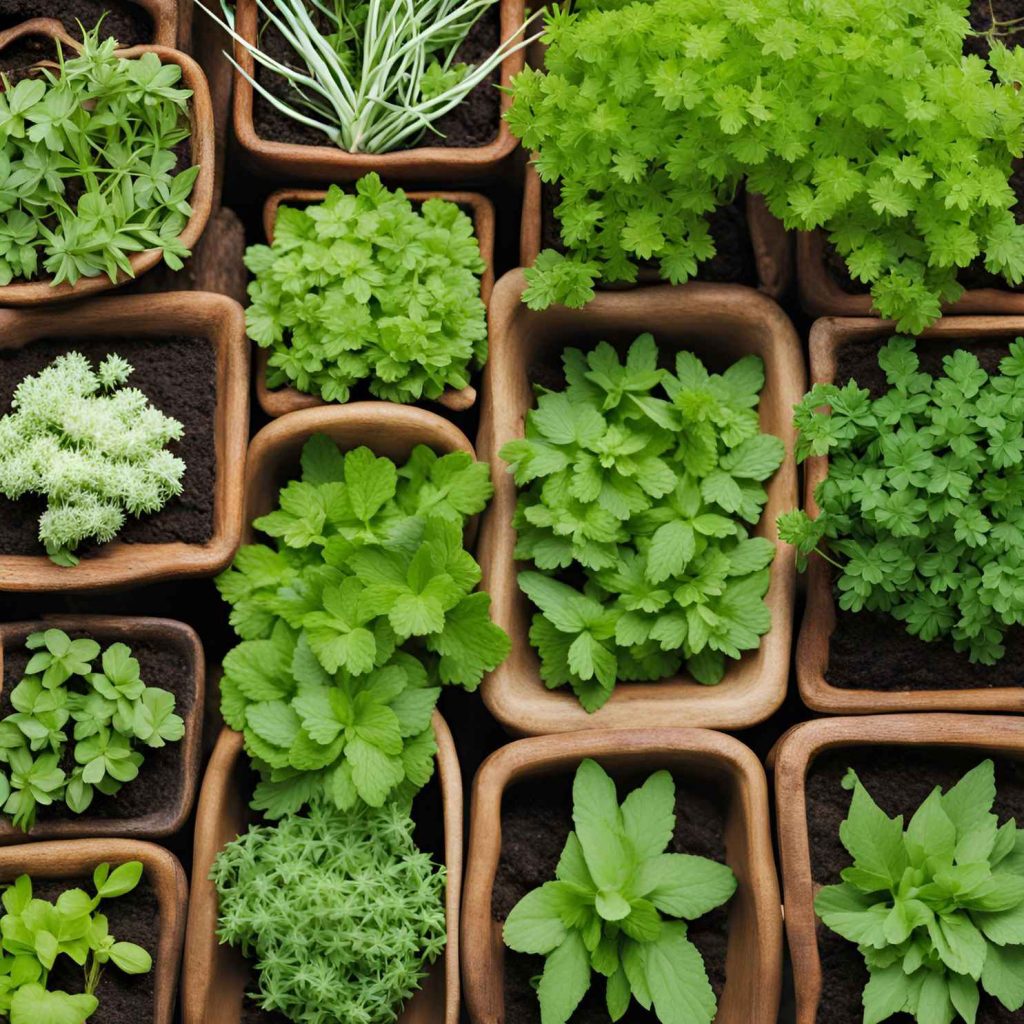
3. Utilize a Pr – Emergent Pesticide: To stop weevils from sprouting and out-competing your intended vegetation, utilize a pr- emergent pesticide.
Vii. Treatment Of Diseases And Pests:
1. Employ Neem Oil: To manage parasites such as spider- mites, aphid species and whiteflies, sprinkle neem oil.
2. Spraying Scrubs: Aphids, caterpillars, and spiderweb mites are examples of delicate-bodied parasites that can be managed using insect repellent soap.
3. Maintain Proper Cleanliness: To avoid the propagation of parasites and illnesses, get rid of invasive plants, trash, and diseased vegetation.

Viii. In Finalization:
You may get beyond the planting period, lessen your effort, and have a more fruitful and satisfying planting adventure by putting these useful springtime horticultural tips into practice.
Keep in mind that landscaping is a process rather than a final goal. Avoid becoming scared of committing errors since they are a chance to grow and experience. Have fun with your farming!
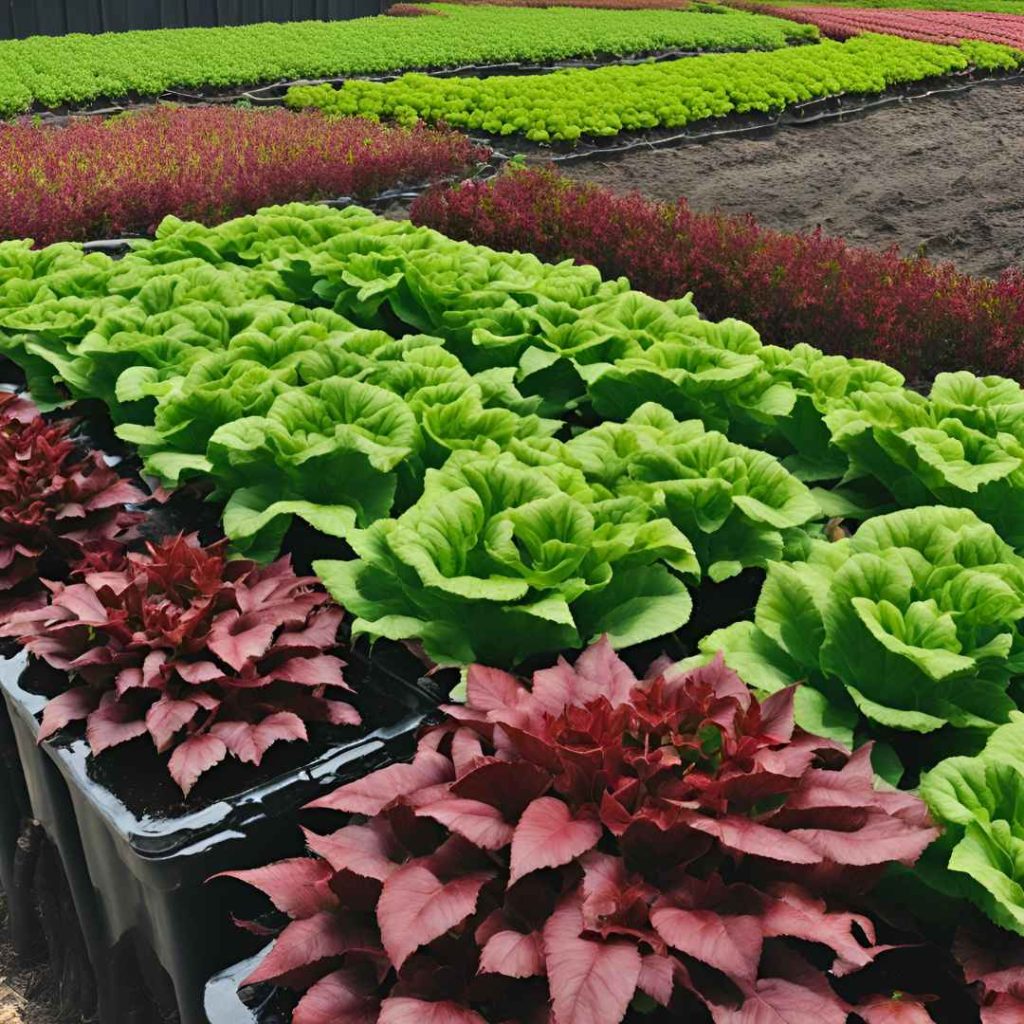
IX. Extra Advice:
1. Maintain a Horticultural Magazine: To improve your vegetable-growing approach, document your yield, environmental trends, and your advancement.
2. Joining a Horticultural Society: To exchange information, supplies, and encouragement, get in touch with other farmers face to face or digitally.
3. Appreciate The Journey And Have Pauses: Because landscaping can be exhausting, make sure you’re taking vacations and savor the results of your hard work!
